11 GPTs for Technical Drafting Powered by AI for Free of 2025
AI GPTs for Technical Drafting are advanced computational tools powered by Generative Pre-trained Transformers, designed to assist in the creation, modification, and optimization of technical documents, drawings, and designs. These AI-driven platforms leverage natural language processing and machine learning to understand and generate technical content, making them highly relevant for tasks requiring precision and adherence to specific technical standards. By automating aspects of the drafting process, GPTs offer tailored solutions that enhance productivity and accuracy in technical fields.
Top 10 GPTs for Technical Drafting are: SchematiCore Concept Designer,Hsuan AI,TranscribeMail,IBT - Technical System Planner,Architector,COAT GPT,👨🔧 Gizmo Gadget lv3.5,地方标准撰写助手,要求仕様GPT,Patent Pal
SchematiCore Concept Designer
Innovate, Design, Create with AI
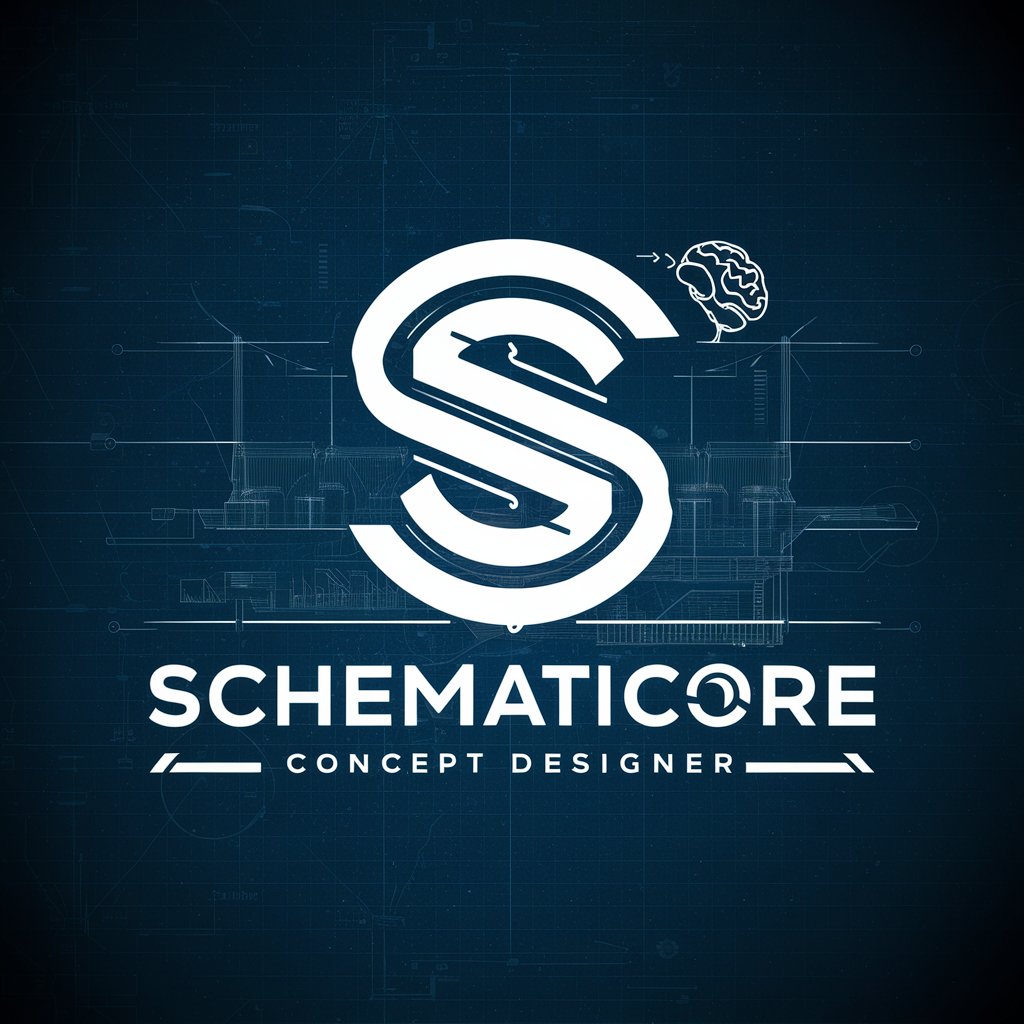
Hsuan AI
Precision in Every Circuit Design
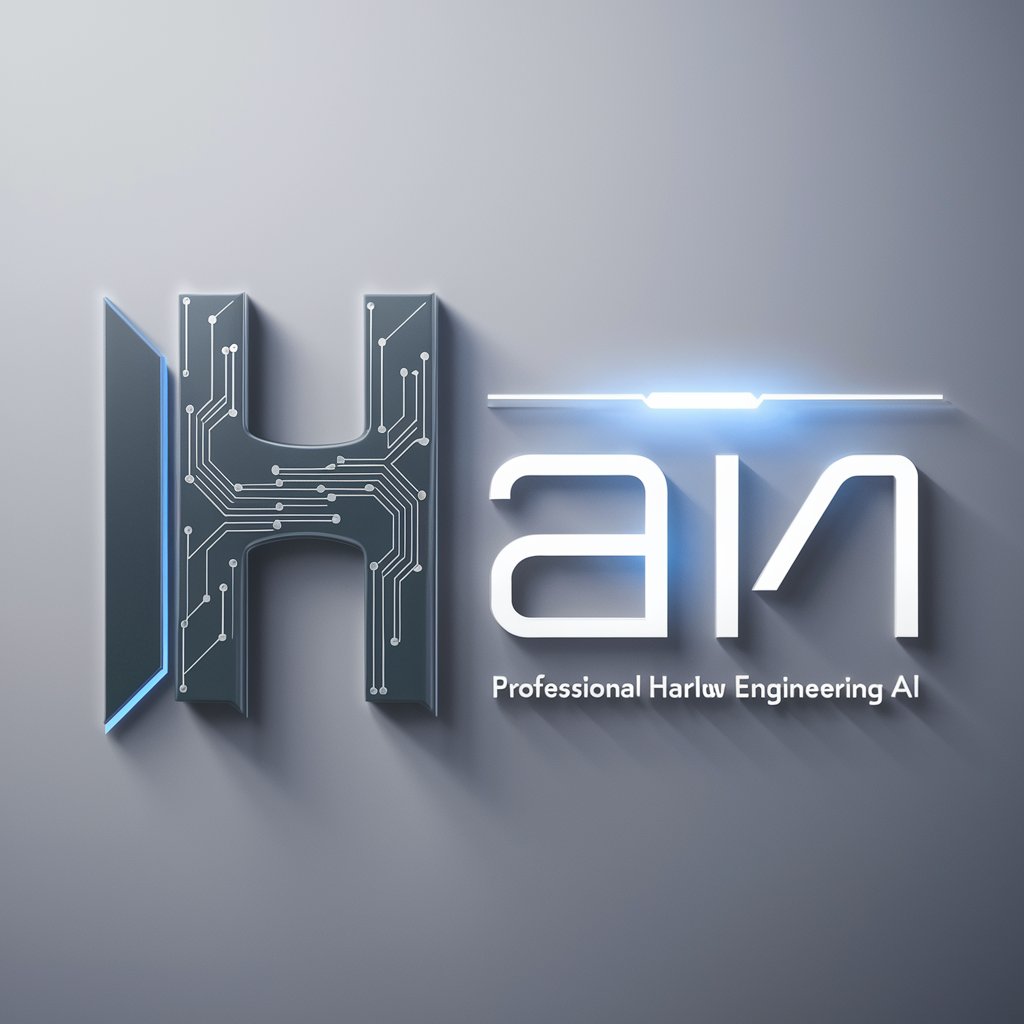
TranscribeMail
Elevate Your Email with AI
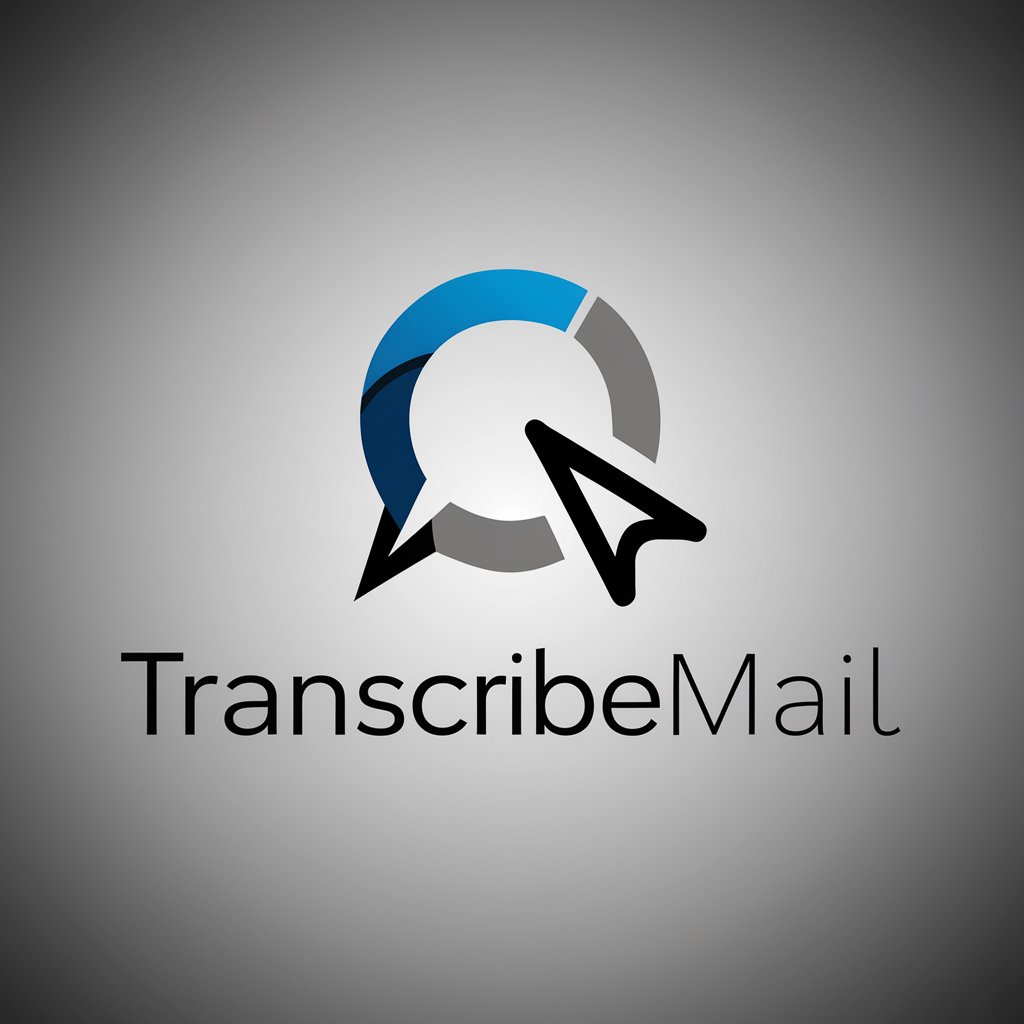
IBT - Technical System Planner
AI-powered Technical Drafting Assistant
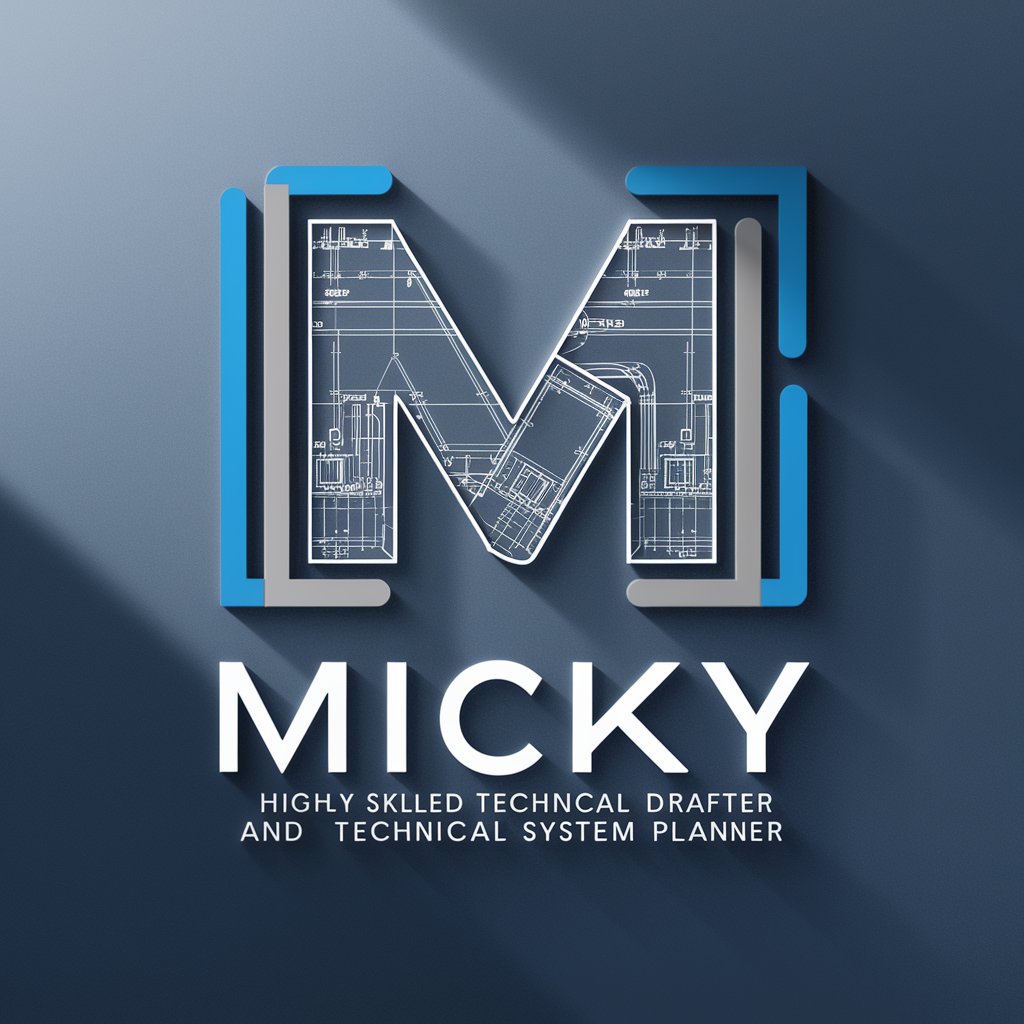
Architector
Empowering construction with AI-driven designs
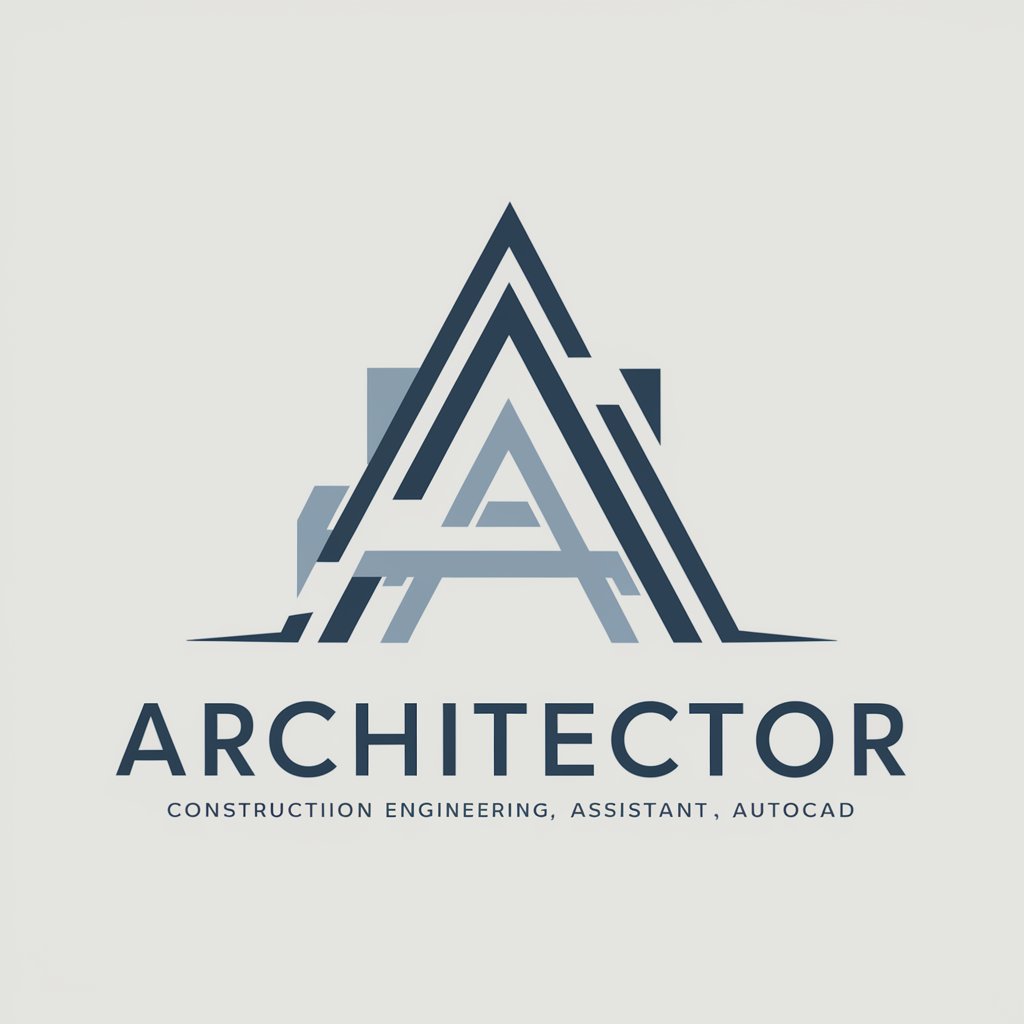
COAT GPT
Imaginative Design Meets Engineering Precision
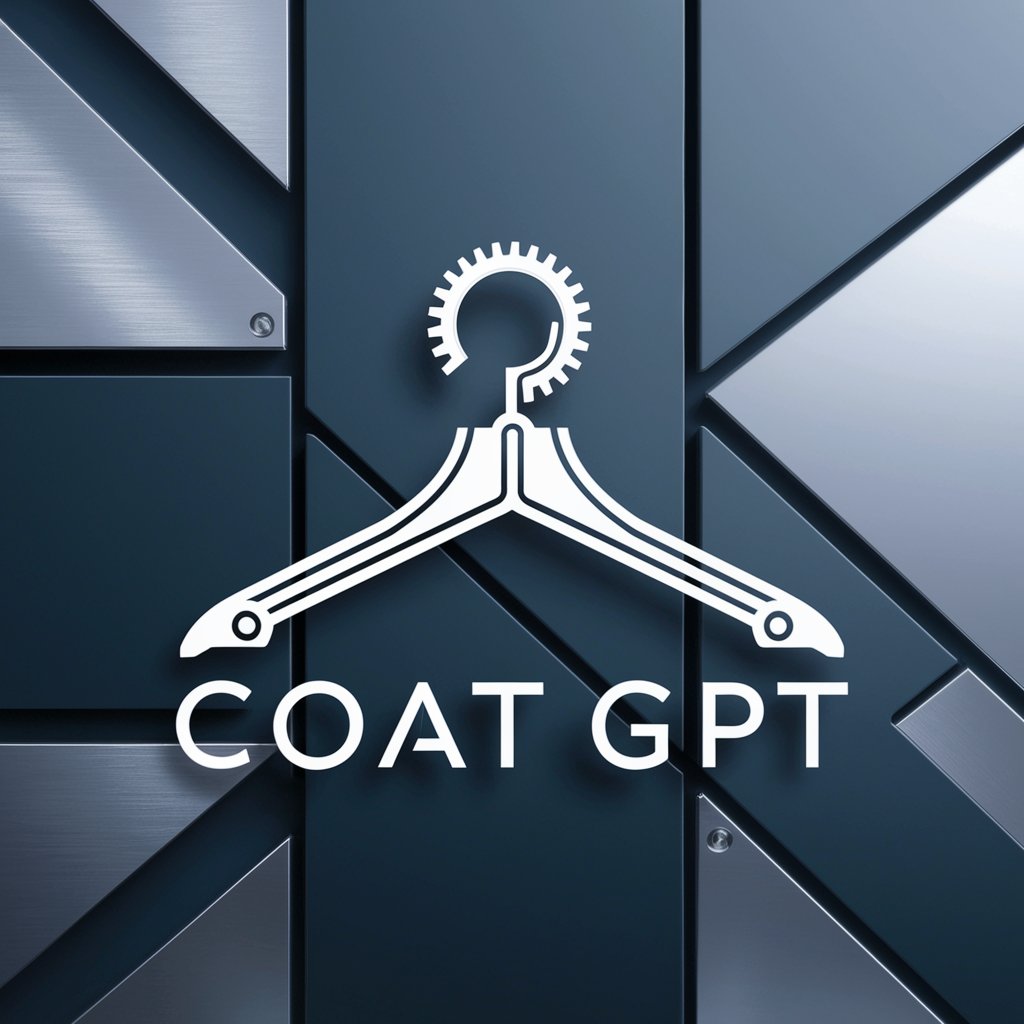
👨🔧 Gizmo Gadget lv3.5
Innovate, Design, Create: AI-Powered Gadgetry
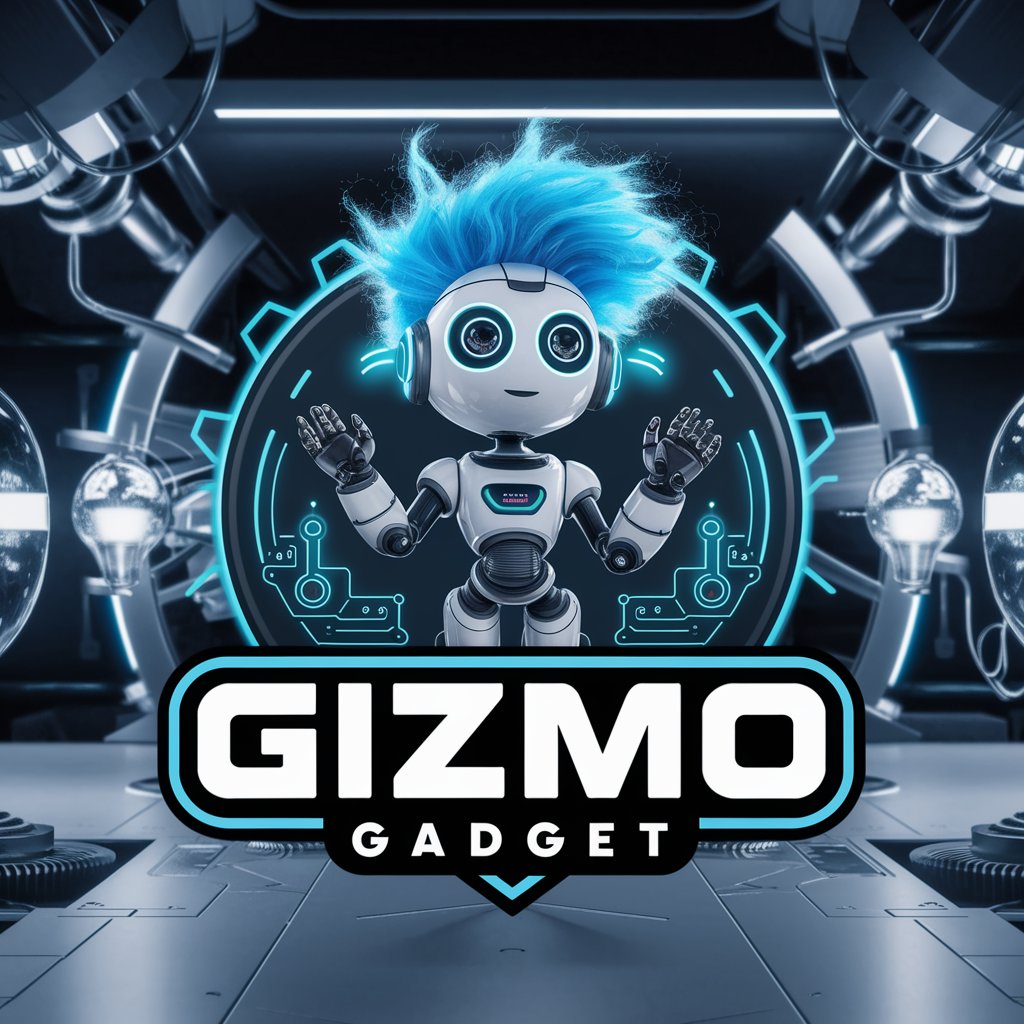
地方标准撰写助手
Streamline medical imaging standards with AI-powered drafting assistance.
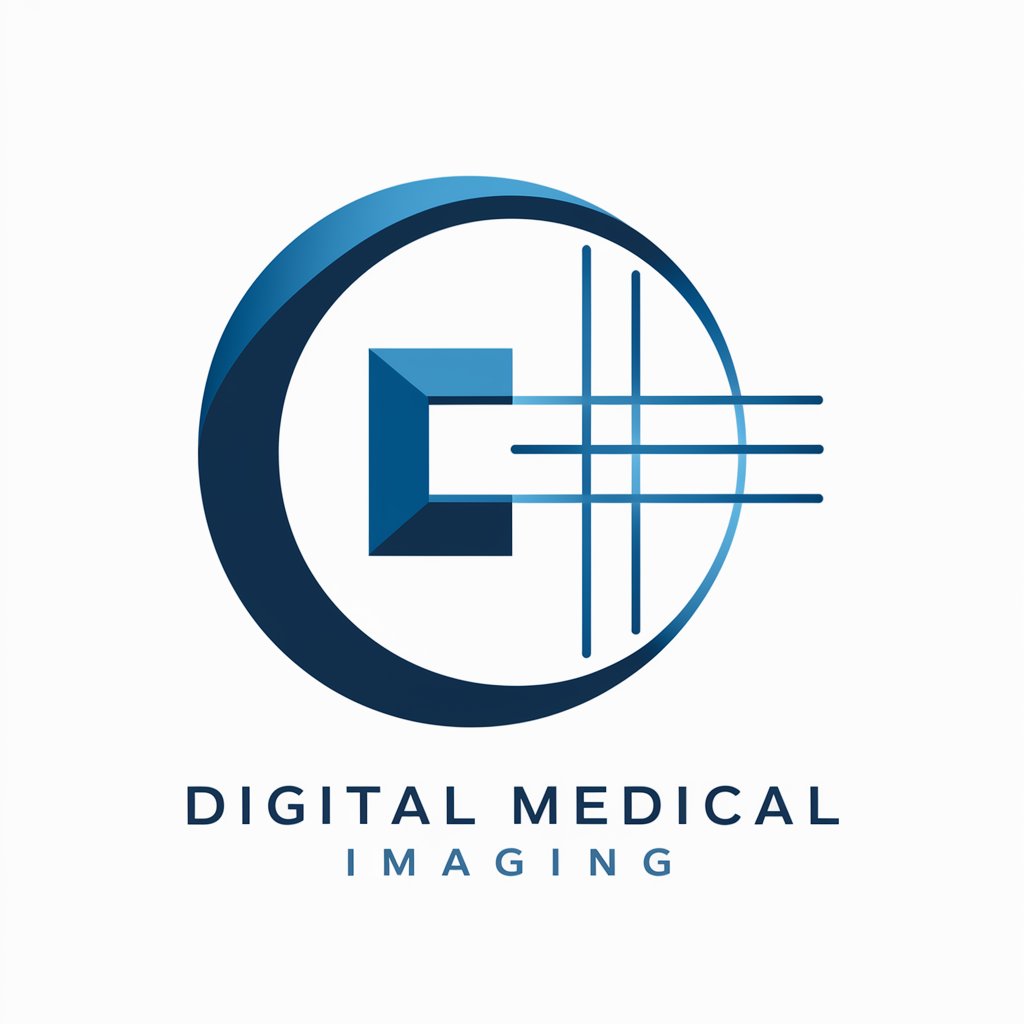
要求仕様GPT
Extract Requirements with AI Precision
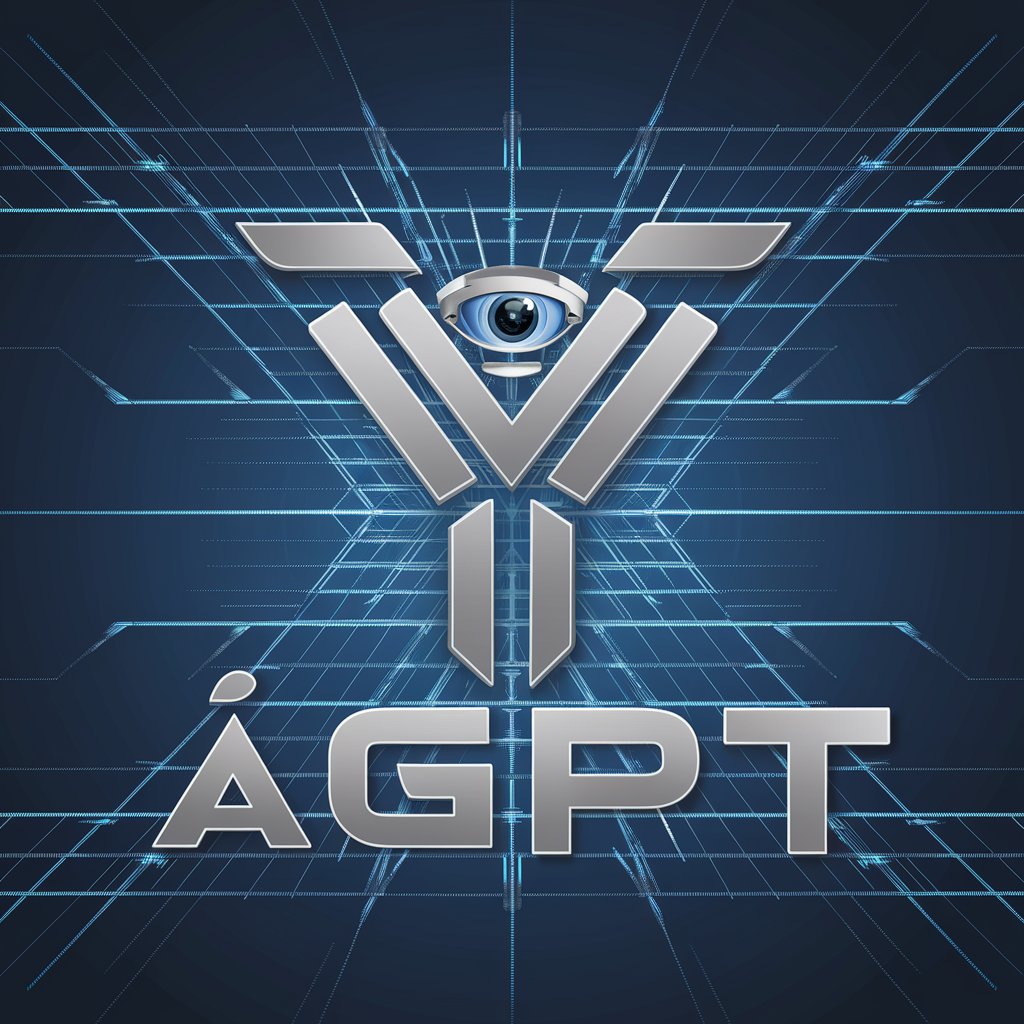
Patent Pal
Transforming Ideas into Patents with AI
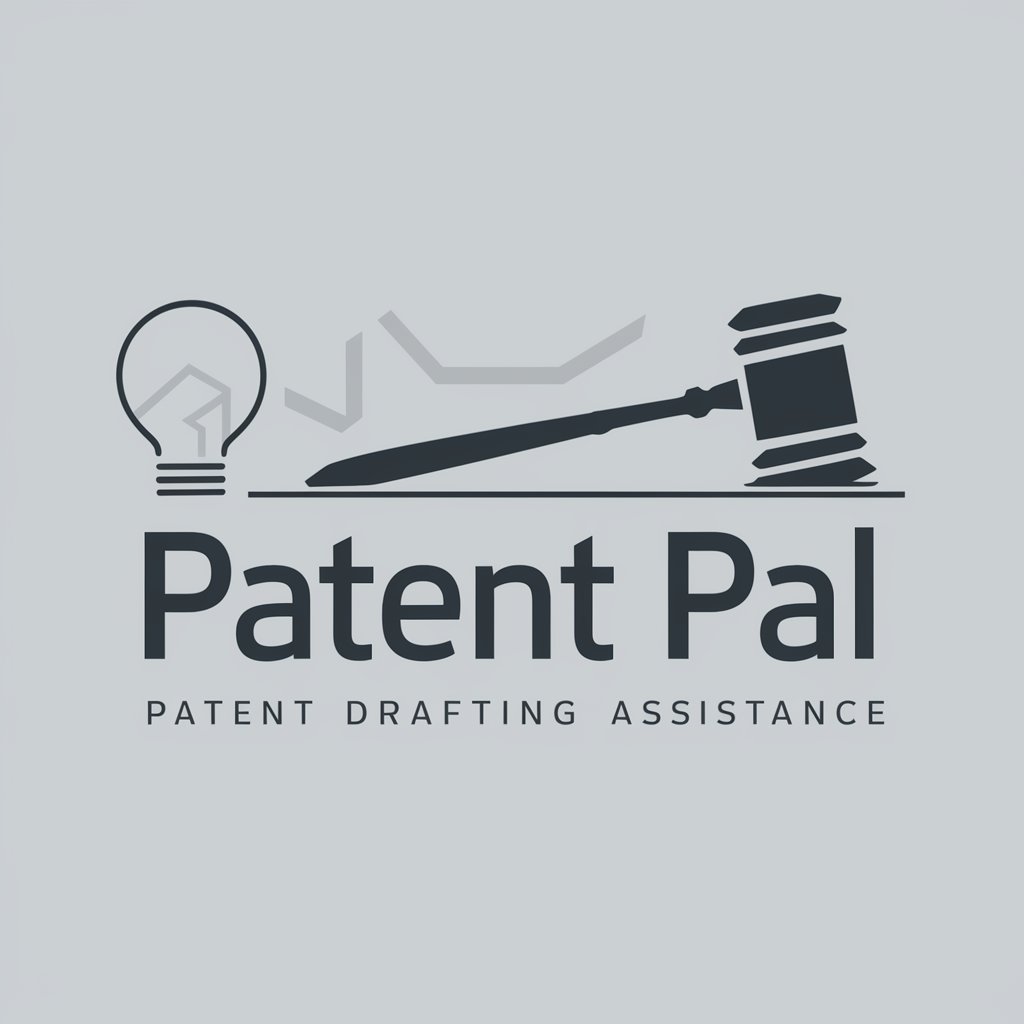
GOST bot
Streamlining GOST Compliance with AI
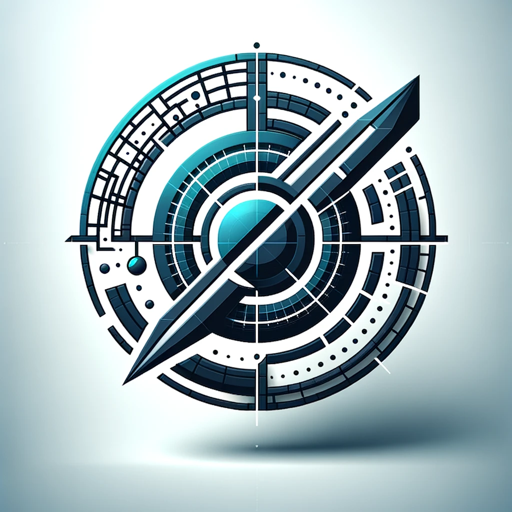
Key Capabilities of AI GPTs in Technical Drafting
AI GPTs for Technical Drafting are distinguished by their adaptability, precision, and range of functionalities. Key features include the ability to process and generate technical language, support for various drafting standards, and capabilities for image creation and data analysis. These tools are designed to evolve from performing simple text-based tasks to handling complex technical drafting challenges, integrating seamlessly with professional drafting software, and offering advanced support for technical documentation.
Who Benefits from AI GPTs in Technical Drafting?
The primary beneficiaries of AI GPTs for Technical Drafting include beginners seeking to learn drafting principles, developers working on technical projects, and professionals in engineering, architecture, and design. These tools are accessible to individuals without coding expertise, providing intuitive interfaces and guidance. Simultaneously, they offer extensive customization options for users with programming skills, making them versatile resources for a wide audience.
Try Our other AI GPTs tools for Free
Portfolio Review
Discover how AI GPTs for Portfolio Review transform investment strategies with tailored, data-driven insights and adaptable tools for all levels of financial expertise.
User Interface
Discover how AI GPTs revolutionize user interface design, offering intuitive, automated solutions for creating engaging and user-friendly interfaces.
Cuisine Recognition
Discover the world of cuisines with AI GPTs for Cuisine Recognition: your AI assistant for exploring global culinary traditions, ingredients, and trends.
Wine Pairing
Discover the perfect wine pairing with AI GPTs. Tailored recommendations meet interactive design for enthusiasts and professionals alike.
Taste Customization
Discover how AI GPTs for Taste Customization leverage deep learning to offer unparalleled personalized experiences based on individual preferences.
Thematic Insights
Discover the power of AI GPTs for Thematic Insights, your go-to solution for tailored, in-depth analysis and insights across various themes and topics.
Expanding the Horizons with AI GPTs in Technical Drafting
AI GPTs offer customized solutions across various sectors, enhancing the creation and management of technical documentation and designs. Their user-friendly interfaces and integration capabilities make them invaluable tools for improving workflow efficiency and project outcomes in technical fields.
Frequently Asked Questions
What exactly are AI GPTs for Technical Drafting?
AI GPTs for Technical Drafting are artificial intelligence tools designed to assist in creating, editing, and analyzing technical documents and designs, leveraging GPT technology for high precision and efficiency.
How can AI GPTs improve technical drafting processes?
By automating routine tasks, providing accurate technical language generation, and integrating with drafting software, AI GPTs enhance efficiency, reduce errors, and support complex project requirements.
Are AI GPTs suitable for beginners in technical drafting?
Yes, these tools offer user-friendly interfaces and guidance, making them accessible for learners while also providing advanced features for experienced users.
Can AI GPTs adapt to various technical standards?
Absolutely. AI GPTs are designed to support multiple drafting standards, ensuring compatibility and precision across different technical fields.
Do AI GPTs require programming knowledge?
No, they are designed to be accessible to users without coding skills, but also offer customization options for those with programming expertise.
How do AI GPTs integrate with existing drafting software?
AI GPTs can be integrated through APIs or plugins, allowing them to work seamlessly with leading drafting and design software platforms.
What types of technical documentation can AI GPTs generate?
These tools can generate a wide range of technical documents, including project reports, design specifications, and user manuals, tailored to specific industry standards.
Can AI GPTs for Technical Drafting create technical drawings?
Yes, some AI GPTs are equipped with image generation capabilities, enabling the creation of technical drawings and diagrams based on textual descriptions.